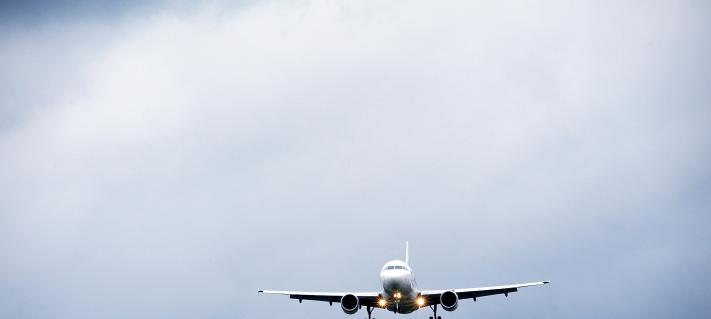“Finavia's environmental goals are ambitious. They are founded on the rules of the environmental permits of airports, which require constant supervision and monitoring, such as measurements. Our environmental experts work closely with environmental impact reporting, water protection and aircraft noise management,” says Mikko Viinikainen, Finavia’s Vice President, Sustainability & Environment.
In the coming years, Finavia's environmental focus will be on water protection and reducing carbon emissions close to zero.
“Water management and protection is one of the cornerstones of our work. At the beginning of the year, an underground wetland will be completed at Helsinki Airport, which will improve the quality of the nearby waterways. The project is the first of its kind in the Nordic countries,” says Kirsi Pitkäranta, Finavia's Environmental Manager.
Water management is used to promote environmental protection throughout the airport network.
“We are planning to collect glycol at Kittilä Airport, which will prevent aircraft de-icing and anti-icing fluids from getting into the environment. At Turku Airport, we started collecting water and snow containing propylene glycol this winter. In addition, we do a lot of reporting and surveys related to the monitoring and management of water load from Mariehamn to Ivalo and back."
The airport of the future is emission-free
At Finavia, the vision for future airports is clear: carbon emissions at all 20 airports will be reduced to almost zero in the next few years. This can be achieved by switching exclusively to renewable energy.
“In all our fleet, we are moving to renewable diesel and fuel oil. In addition, our properties use only renewable energy,” says Viinikainen.
All airports are carbon neutral and use wind and solar energy.
Aircraft noise management constantly being developed
Ari Pietilä, Head of Aircraft Noise Management, says that the environmental team monitors the development of air traffic and the resulting noise.
“Air routes, runway usage, times, noise levels, aircraft types and many other details are regularly reported at Helsinki Airport according to the environmental permit. The most important tool is the world-class ANOMS system, which combines the data of ten continuous noise measurement stations with radar and flight data. The information is also available on the public WebTrak service. In addition, we produce noise reports and noise forecasts from all airports for our stakeholders."
The preferential runway system at Helsinki Airport is also based on the requirements of environmental permits.
“The method of controlling air traffic is largely based on noise management requirements. Planes can only fly in well-defined areas to minimise noise nuisance to residential areas.
“We engage in dialogue with our stakeholders regarding aircraft noise and its reporting, for example with the authorities, airlines and air navigation services. We respond to contacts from residents in the surrounding area a couple of hundred times a year. All this is part of our team's basic work,” says Ari.
Learn more about Finavia employees
People of Finavia: From Business Flight Coordinator to Business Controller
People of Finavia: The data team produces information to support decision-making
Watch the video series "Career Runway" about Finavia's employees (in Finnish)



